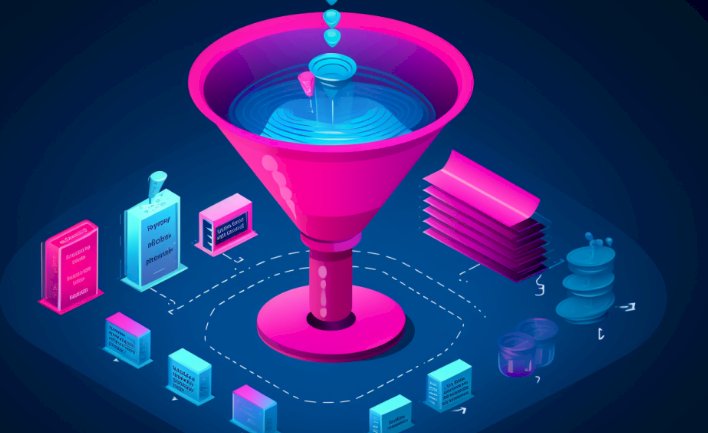Building a brand is crucial at both the top and bottom of the B2B funnel.

According to Harvard Business Review, 90% of B2B buyers go with a vendor from their day-one shortlist. It’s compelling evidence for B2B marketers to focus on salience: building positive memory structures with the right category entry points so they are front of mind when that shortlist is drawn up.
But what happens next? What is marketing’s responsibility ‘beyond the shortlist’?
Is the decision already made, as this stat might imply? Can the whole sales and marketing process really be put down to 90% brand, 10% perspiration?
Do we leave it to sales? “Listen,” we say, “we’ve done all we can here folks. You have the marginal advantage from being the most well-known brand, customers are more inclined to trust you. Frankly, it’s yours to lose.”
Not for me. I have seen many examples of performance at these latter stages of the buyer journey being affected by marketing. It takes time; despite many claims to the contrary there are no effective short-cuts here. But with the right collaboration across sales and marketing, I’ve seen outcomes like halving time in pipeline, doubling win rates and significantly increasing deal size.
The converse is that you can be number one on the day-one shortlist and still fuck it up. Any marketer who has spent time in the field will know this all too well.
The funnel's bottom is similar to its top but magnified
We tend to characterise marketing work at the bottom of the funnel as fundamentally different from brand building. Brand is long-term, broad-reach and emotional, and we say in contrast that ‘demand’ is the opposite: short-term, targeted and rational.
When it comes to the complex B2B sale, this last part is wrong. The people involved in the latter stages of a B2B purchase are the same irrational bunch, prone to using heuristics, making instinctive calls driven by emotion and post-rationalising them. They are no more ‘homo economicus’ than they were before the buying process kicked off in earnest.
But the context has changed, and that influences how we go about our marketing.


















